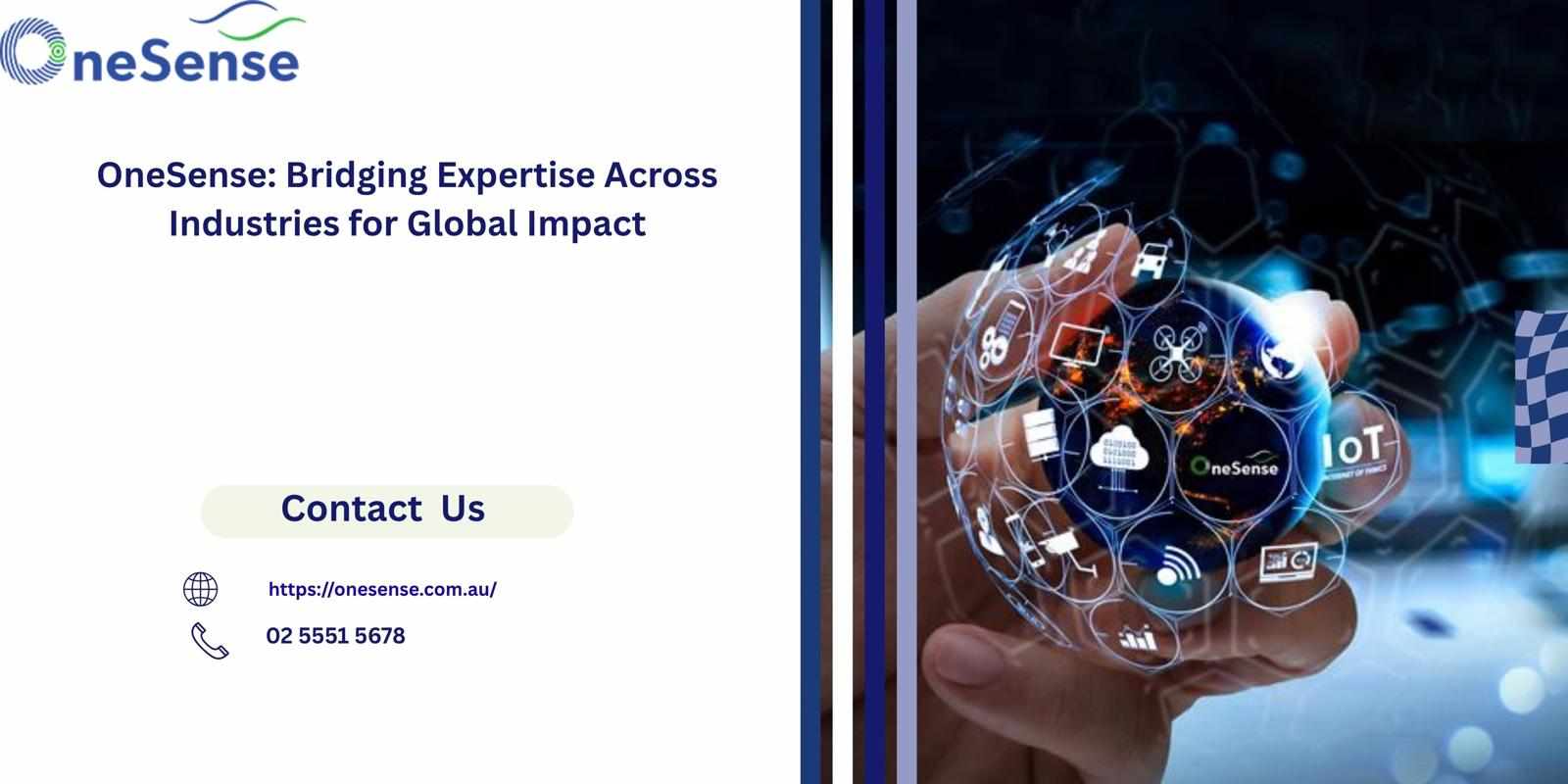
Summary
Cloud security is essential for protecting data and systems in modern digital environments. Implementing best practices in cloud cyber security and cloud platform security helps prevent breaches and ensures compliance.
Introduction
In today's hyperconnected and data-driven world, businesses are migrating to the cloud faster than ever. Whether it’s storing sensitive customer information, running business-critical applications, or supporting remote teams, cloud technology has become the backbone of modern enterprises. However, with these advancements comes a significant concern: cloud security.
The digital transformation wave has introduced a complex threat landscape, and cybercriminals are not holding back. From data breaches and misconfigured storage buckets to insider threats and sophisticated malware attacks, organizations face growing security challenges in the cloud. That's why ensuring the best cloud security is no longer a luxury—it’s a necessity.
In this blog, we’ll explore why cloud security is essential, what makes up a strong cloud cyber security strategy, and how to choose the right approach for cloud platform security.
Why Cloud Security Matters More Than Ever
Cloud computing offers scalability, flexibility, and efficiency. But these benefits can turn into vulnerabilities if security is not a priority. When data is stored on third-party servers and accessed via the internet, it becomes susceptible to unauthorized access, leakage, or manipulation.
Here are some stats that illustrate the urgency:
According to a 2024 IBM report, the average cost of a data breach in the cloud is $4.45 million.
Nearly 45% of all data breaches now involve cloud environments.
Misconfigured cloud settings account for over 30% of cloud-related incidents.
As cloud adoption grows, so does the responsibility to secure data, applications, and infrastructure. Whether you're using AWS, Azure, Google Cloud, or a hybrid environment, your organization must adopt the best cloud security practices to minimize risk.
Key Components of Cloud Cyber Security
A robust cloud cyber security framework is built on multiple layers of protection. Let’s break down the essential components:
1. Identity and Access Management (IAM)
Controlling who can access what resources is a cornerstone of cloud security. Implementing strong IAM policies ensures that only authorized users have access to sensitive data and systems.
Use multi-factor authentication (MFA)
Apply the principle of least privilege (PoLP)
Monitor user activity with audit trails
2. Data Encryption
Encrypting data both at rest and in transit is vital. Leading cloud providers offer native encryption services, but it’s crucial to manage your encryption keys securely.
Use TLS for secure data transfer
Employ strong encryption standards like AES-256
Consider third-party encryption solutions for added control
3. Cnfiguration Management
Misconfigurations are one of the most common vulnerabilities in the cloud. Automated tools can help monitor and fix configuration issues in real-time.
Regularly audit cloud configurations
Use infrastructure-as-code (IaC) to enforce standards
Implement guardrails to prevent missteps
4. Network Security
Just like traditional IT environments, cloud systems must be protected from unauthorized access and malware.
Implement firewalls and VPNs
Use intrusion detection and prevention systems (IDPS)
Segment networks to isolate workloads
5. Monitoring and Incident Response
Real-time monitoring and a well-defined response plan are essential for reducing the impact of an attack.
Use SIEM (Security Information and Event Management) tools
Set up automated alerts for suspicious activity
Practice incident response drills regularly
Best Practices for Cloud Platform Security
Cloud environments vary greatly based on the provider and service model (IaaS, PaaS, SaaS), but there are universal best practices for cloud platform security:
Conduct Regular Security Assessments
Evaluate your cloud architecture periodically. Penetration testing, vulnerability scans, and third-party audits help uncover potential weaknesses.
Embrace a Shared Responsibility Model
Cloud providers and customers share responsibility for security. Understand what the provider secures and what you are accountable for. For example:
Cloud provider: Physical infrastructure, host OS, and virtualization
Customer: Data, access management, and application security
Implement Zero Trust Architecture
Zero Trust assumes no user or device is trustworthy by default. Access is granted only after strict verification.
Verify every user, every time
Use micro-segmentation to isolate workloads
Monitor continuously to identify anomalies
Automate Wherever Possible
Automation reduces human error and speeds up response times. Automate patching, compliance checks, and security configurations.
How to Choose the Best Cloud Security Tools
The market is saturated with cloud security tools and platforms, making it difficult to choose the right one. Here’s what to consider when evaluating options for the best cloud security:
Compatibility and Integration
Ensure the tool integrates well with your cloud provider and existing tech stack. Compatibility with AWS, Azure, and GCP is crucial if you're using a multi-cloud setup.
Real-Time Threat Detection
Modern cloud security platforms should offer real-time monitoring and automated threat detection to minimize response time during attacks.
Compliance Support
Choose tools that help you stay compliant with standards like GDPR, HIPAA, ISO 27001, and SOC 2.
Scalability
As your business grows, so will your cloud footprint. Your security solutions must scale with your infrastructure.
Emerging Trends in Cloud Cyber Security
As threats evolve, so do the technologies and strategies to combat them. Here are some of the emerging trends shaping the future of cloud cyber security:
AI and Machine Learning
Artificial intelligence is being used to detect threats faster and with greater accuracy. Machine learning models can identify unusual behavior patterns and automate remediation.
DevSecOps
Security is being integrated earlier in the development cycle. DevSecOps ensures that security is part of every phase of application development, from design to deployment.
Secure Access Service Edge (SASE)
SASE combines network security and wide-area networking (WAN) capabilities into a single cloud-delivered service model. It enhances performance and simplifies security management for remote workforces.
Confidential Computing
This advanced approach encrypts data during processing, not just at rest or in transit. It's particularly useful for highly sensitive workloads like financial transactions and healthcare data.
Conclusion
As cloud environments become the foundation for business operations, the risks associated with them are also growing. Organizations must be proactive, not reactive, when it comes to cloud security.
Whether you're a startup running on a single cloud or an enterprise managing a complex multi-cloud infrastructure, implementing the best cloud security strategies is essential. This includes robust cloud cyber security measures like encryption, access control, and monitoring, as well as adopting strong cloud platform security practices that align with your business goals.
FAQ
1. What is OneSense and what services does it offer?
OneSense is a multidisciplinary team of professionals with deep expertise in Finance, Engineering, Environment, Manufacturing, and Supply Chain. We offer strategic business consulting, operational optimization, and industry-specific solutions to drive growth, efficiency, and innovation.
2. What industries does OneSense work with?
OneSense has experience across a wide range of industries including finance, engineering, environmental services, manufacturing, and global supply chains. We also engage in cross-industry and international initiatives, bringing comprehensive solutions to diverse markets.
3. What makes OneSense different from other consulting firms?
Our team combines technical and financial expertise with real-world leadership and collaboration across sectors. With a proven track record in both domestic and overseas markets, we bring a practical, business-driven approach to solving complex challenges.
4. Does OneSense work with international clients?
Yes, OneSense has been actively involved in overseas business initiatives. Our global experience enables us to understand international market dynamics and deliver tailored solutions to clients worldwide.
5. How does OneSense approach business strategy and problem-solving?
We leverage years of cross-functional experience, market insights, and collaborative leadership to develop actionable strategies. Our approach is data-driven, outcome-oriented, and fully aligned with client goals.
6. Can OneSense help optimize our supply chain operations?
Absolutely. Our supply chain experts specialize in streamlining logistics, reducing costs, improving efficiency, and integrating sustainable practices to enhance overall operational performance.
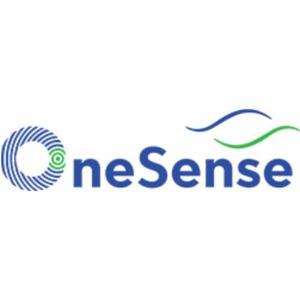
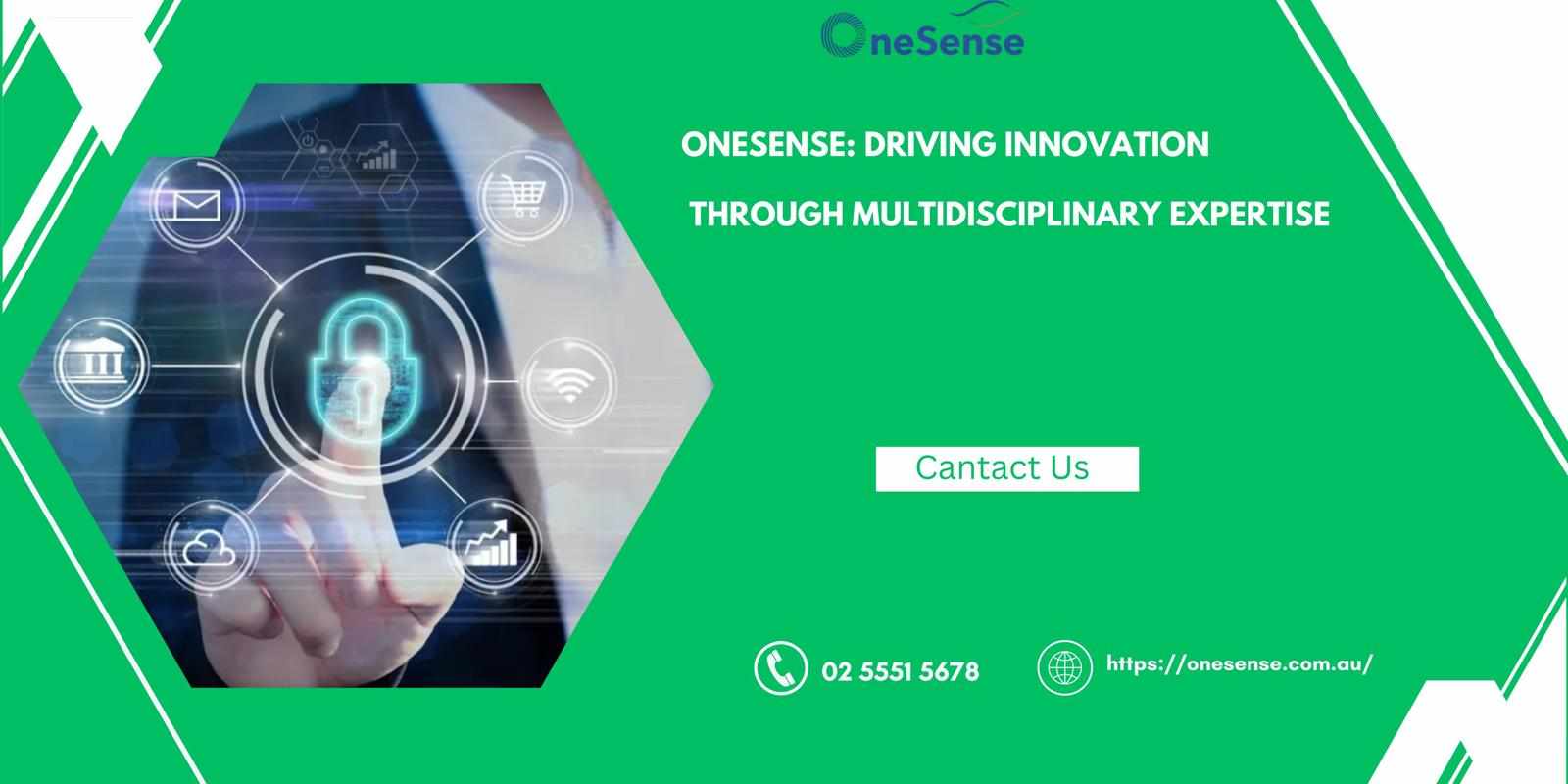
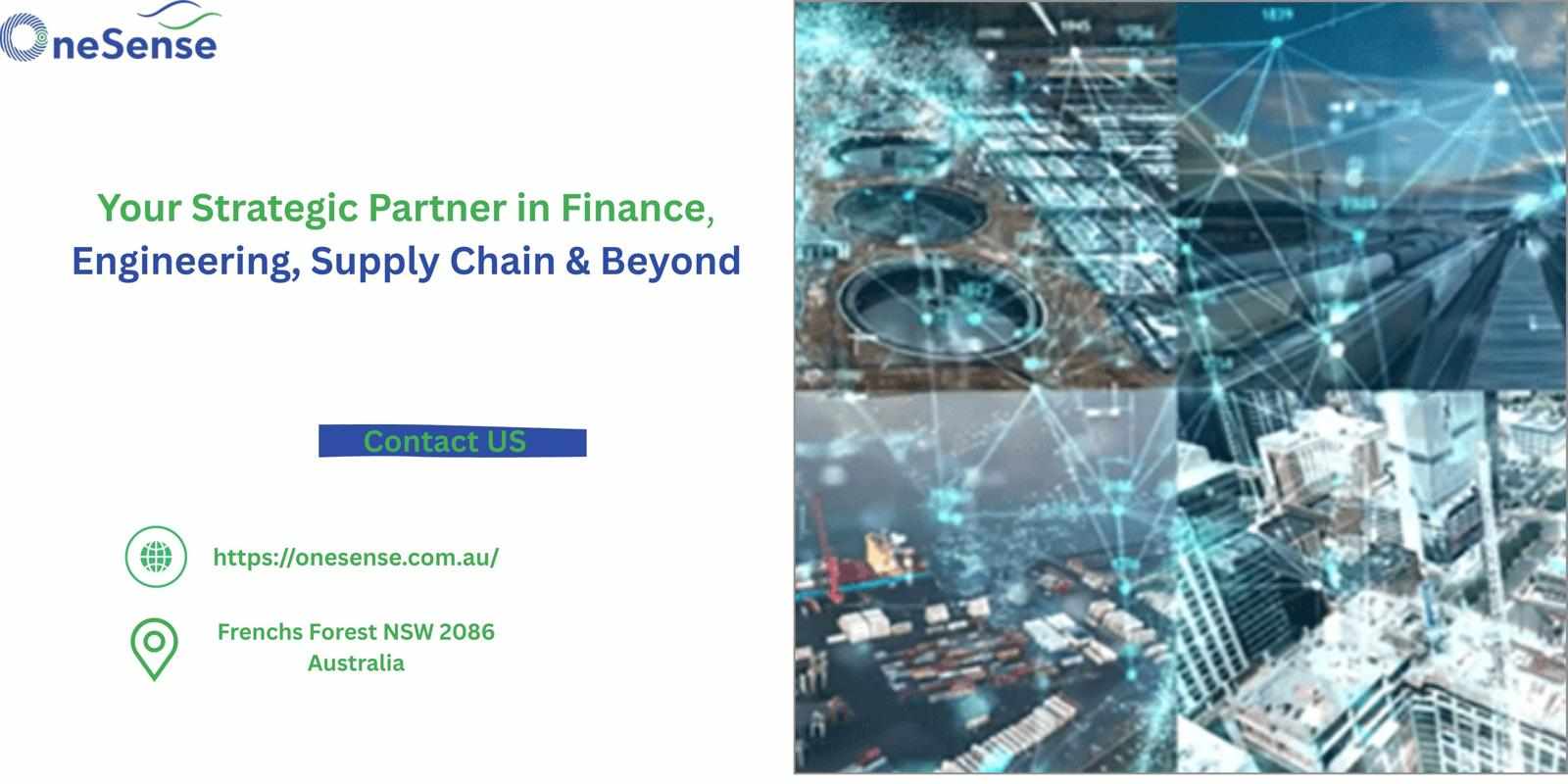
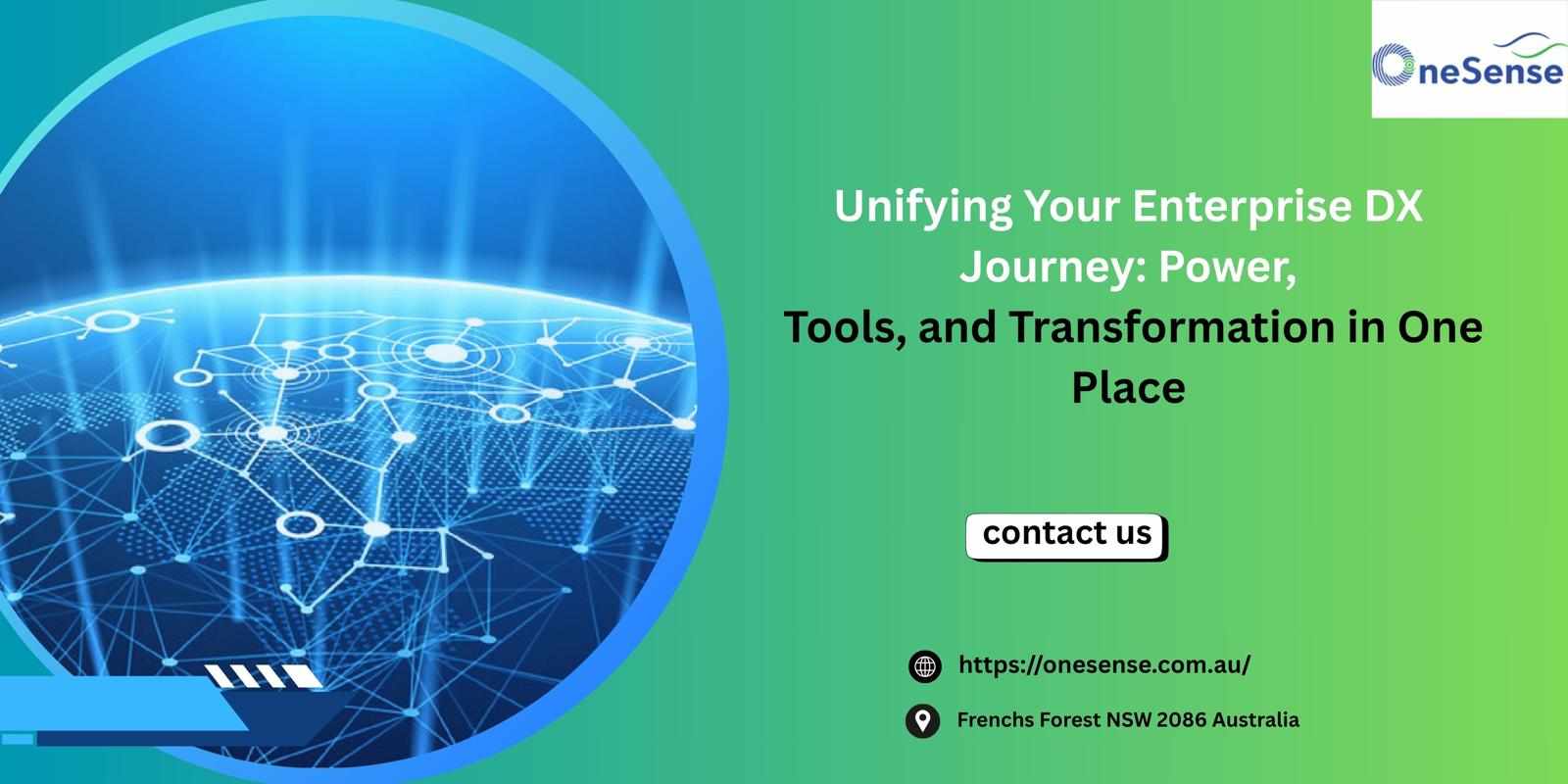
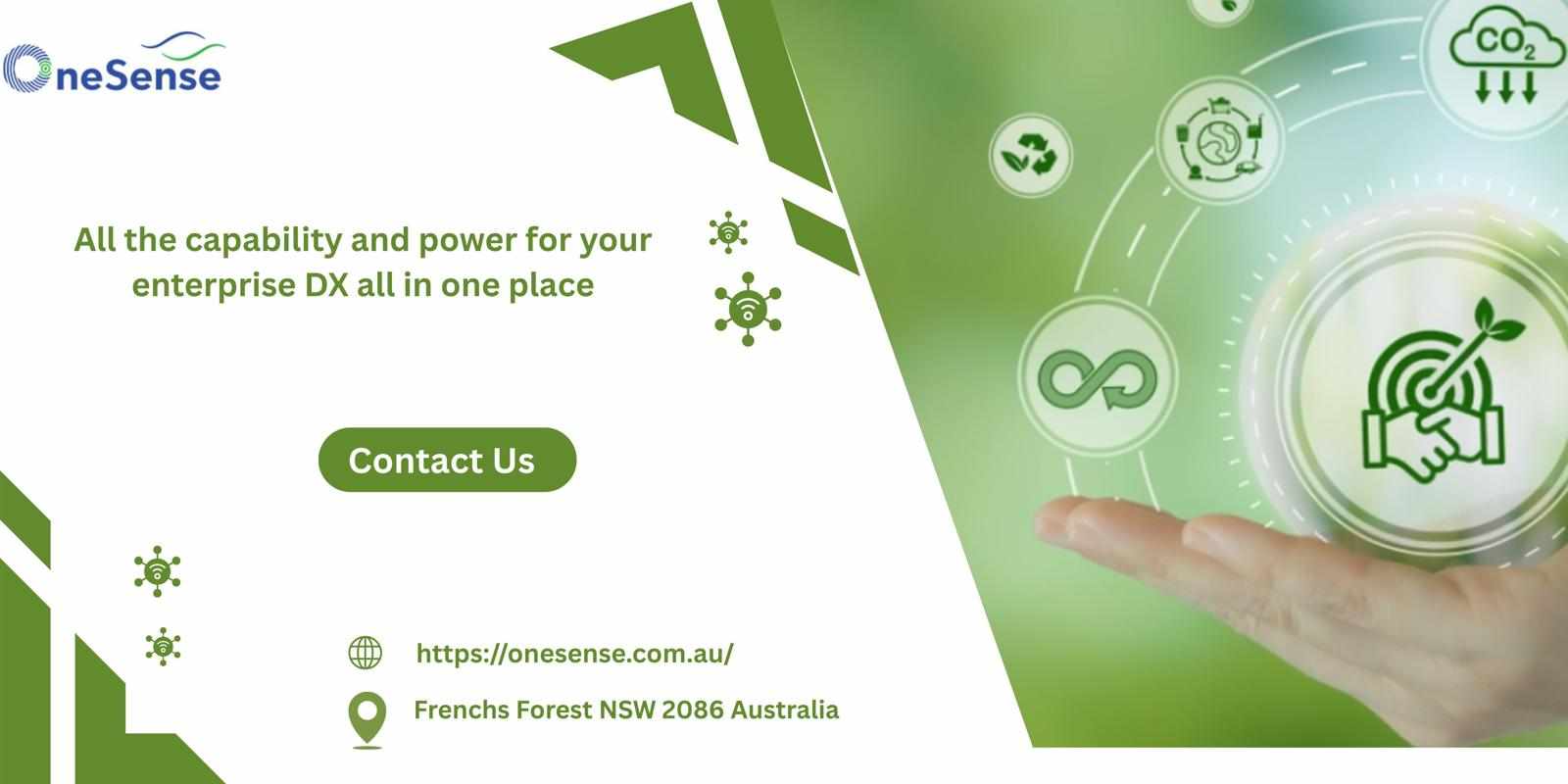
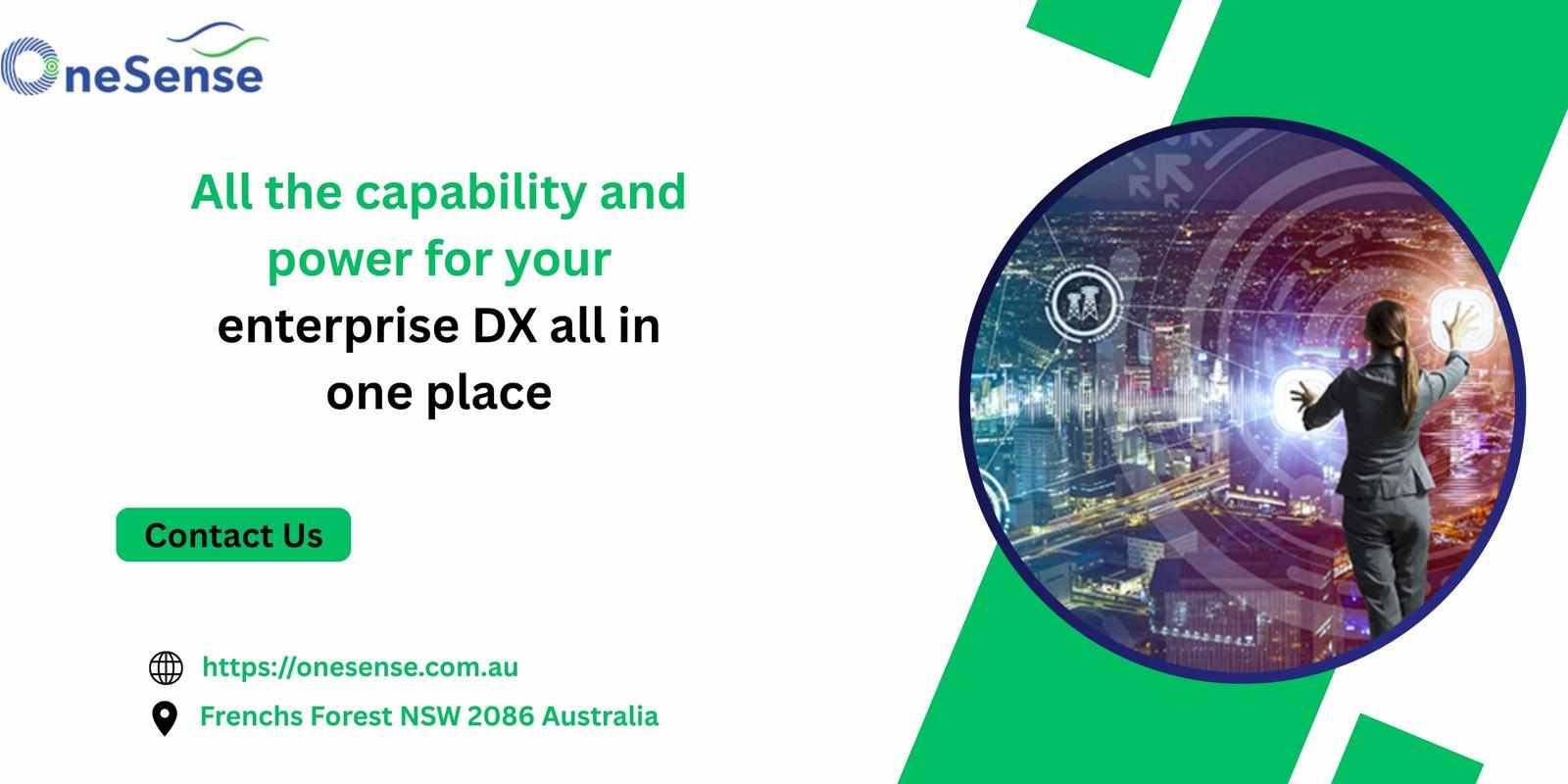
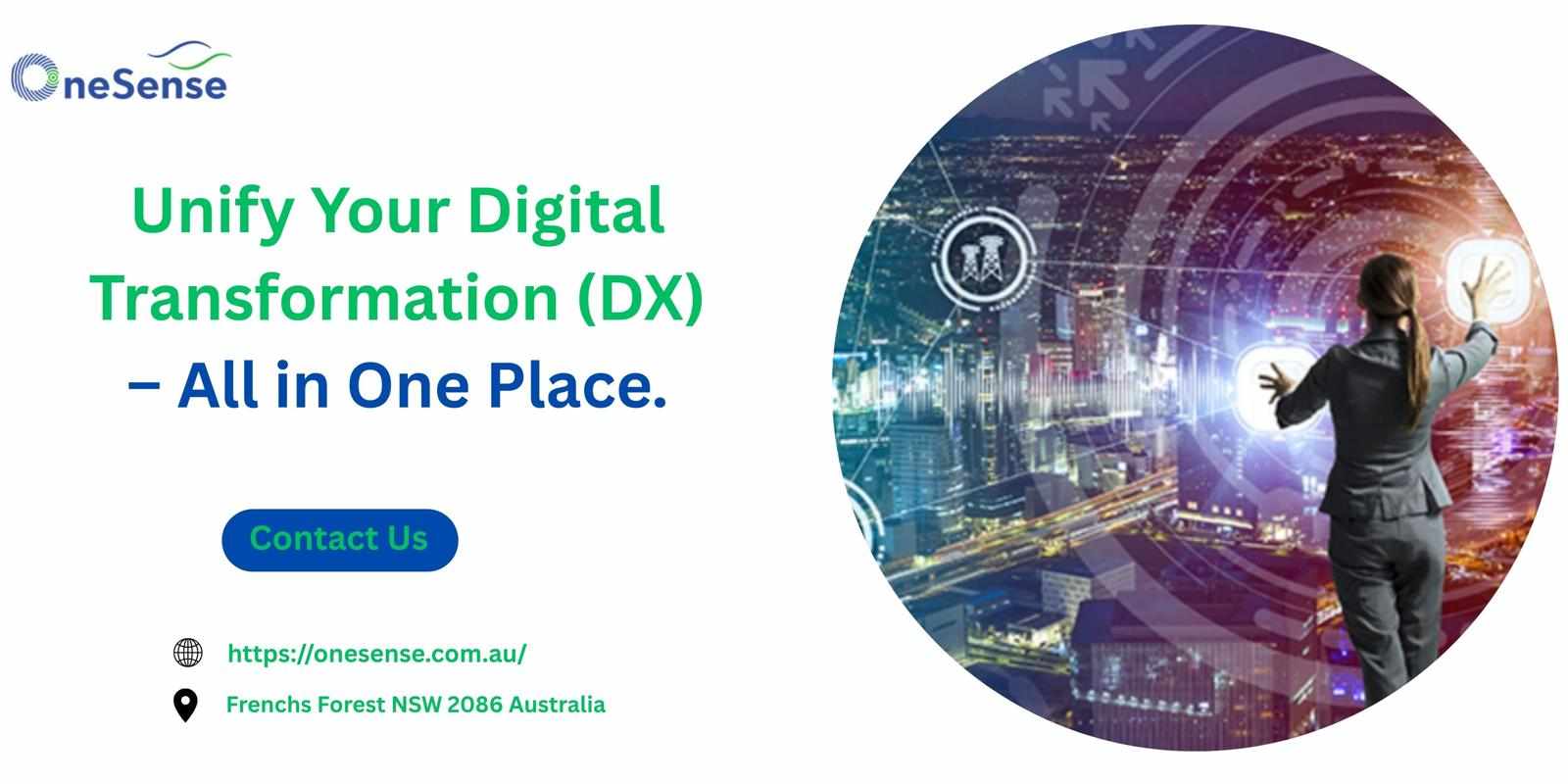

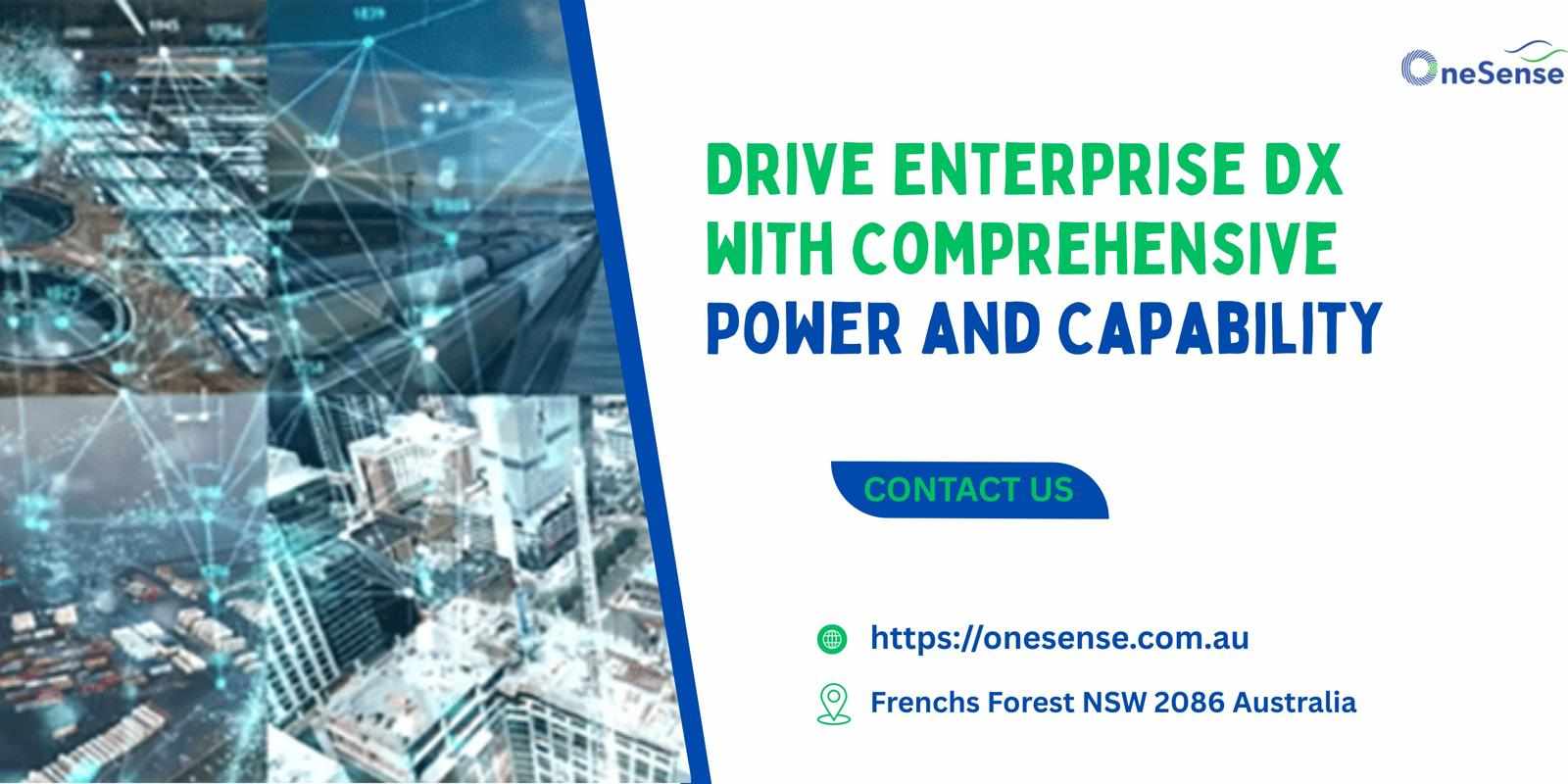
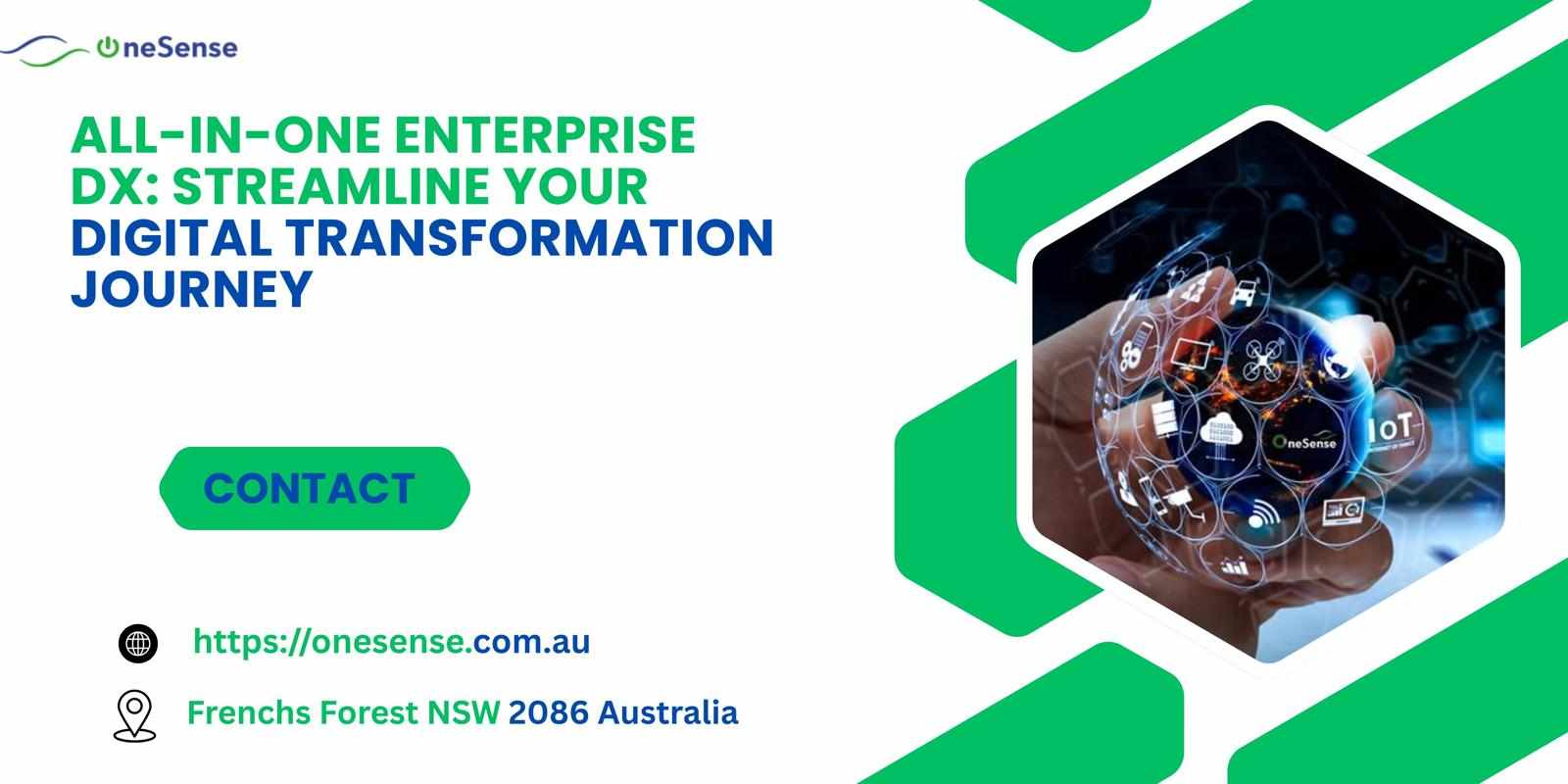
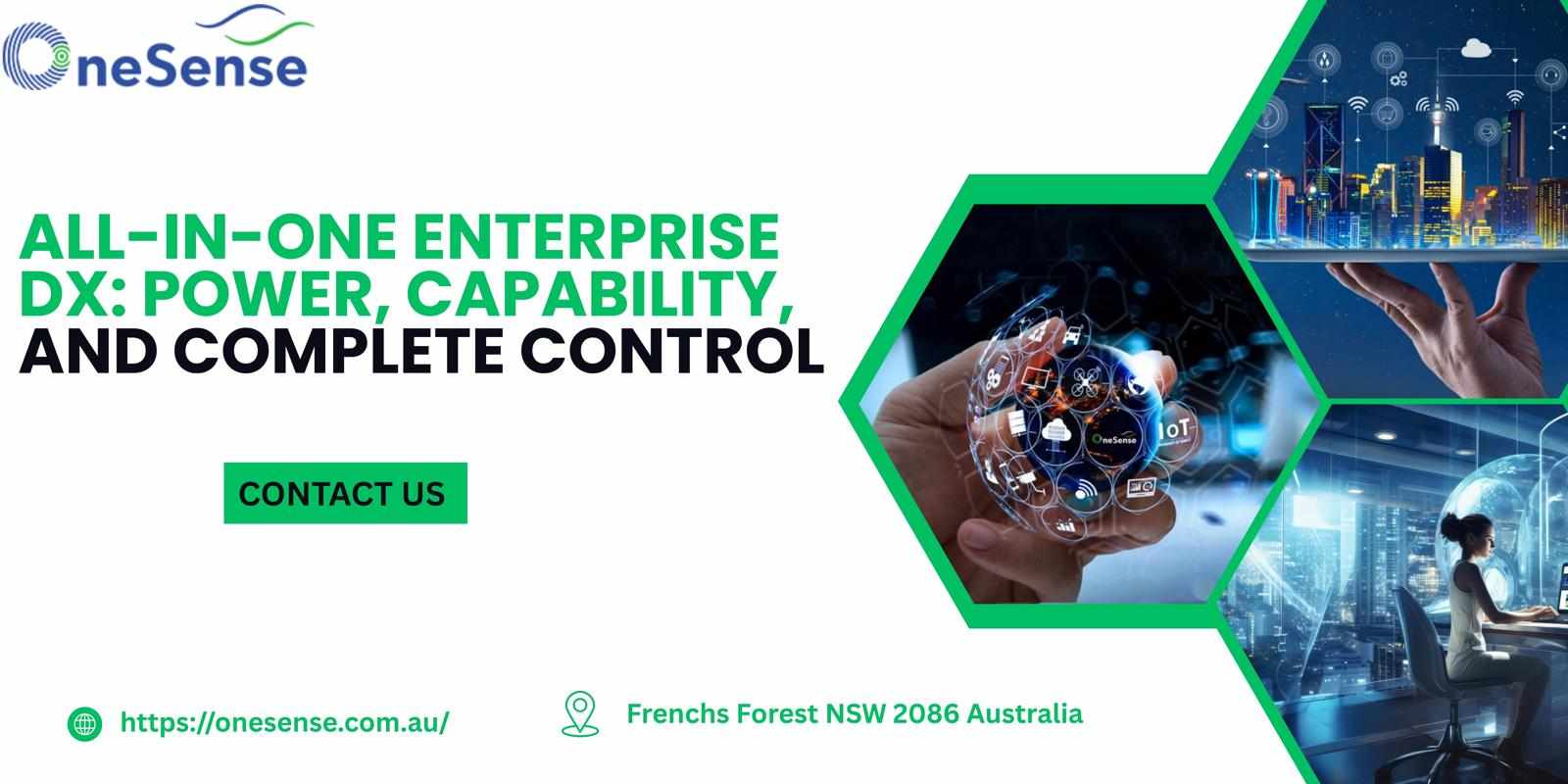
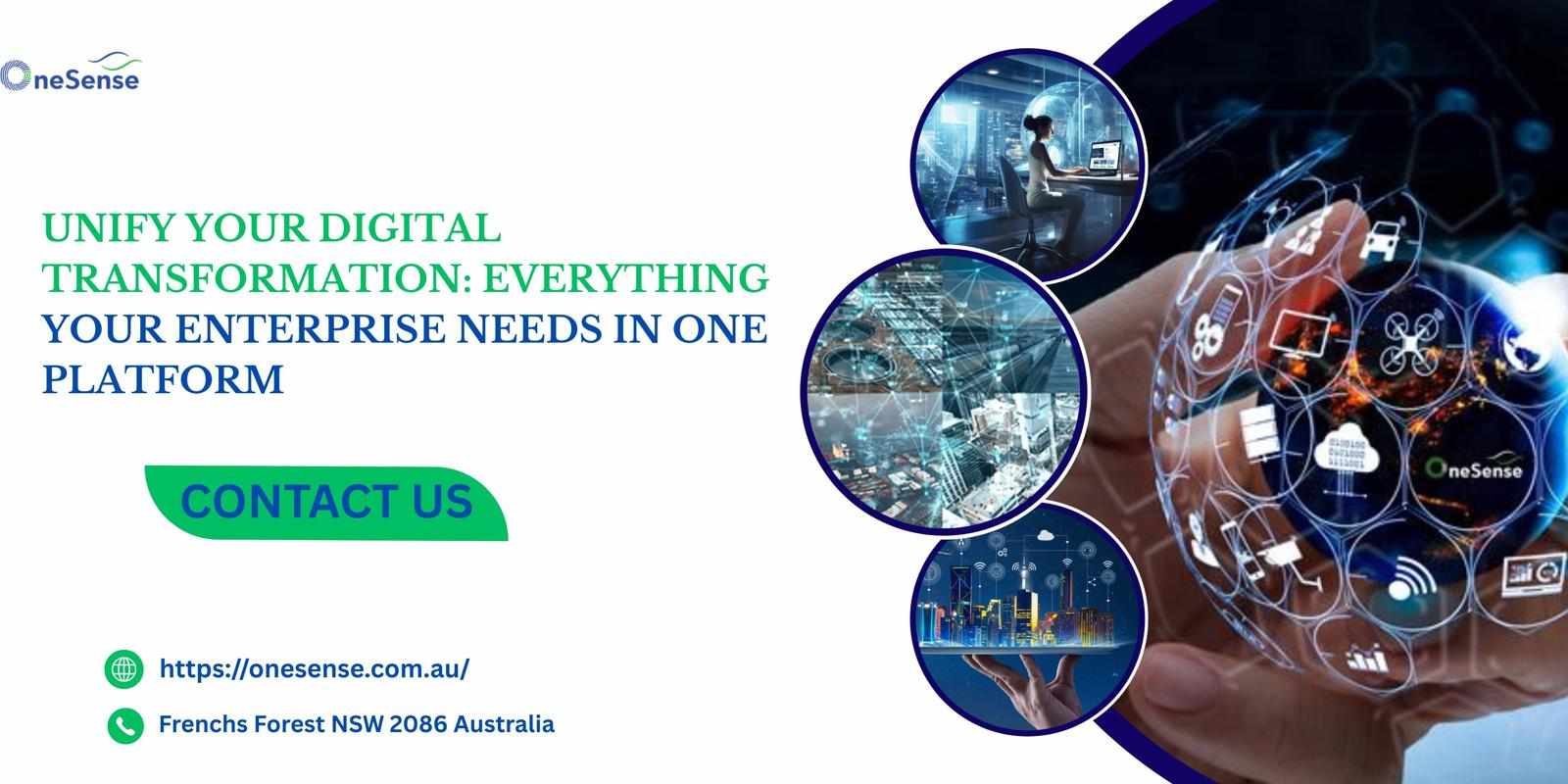
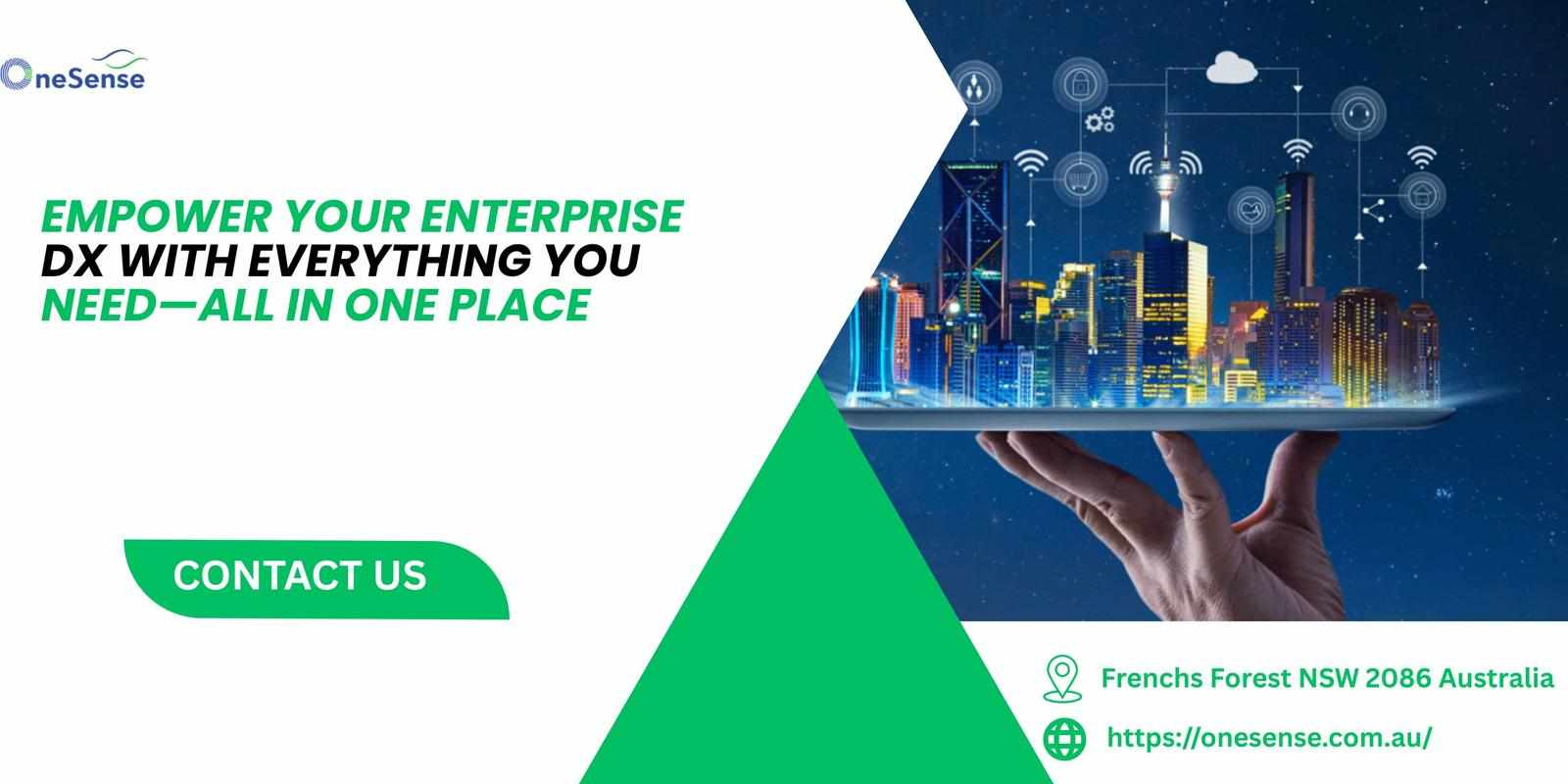
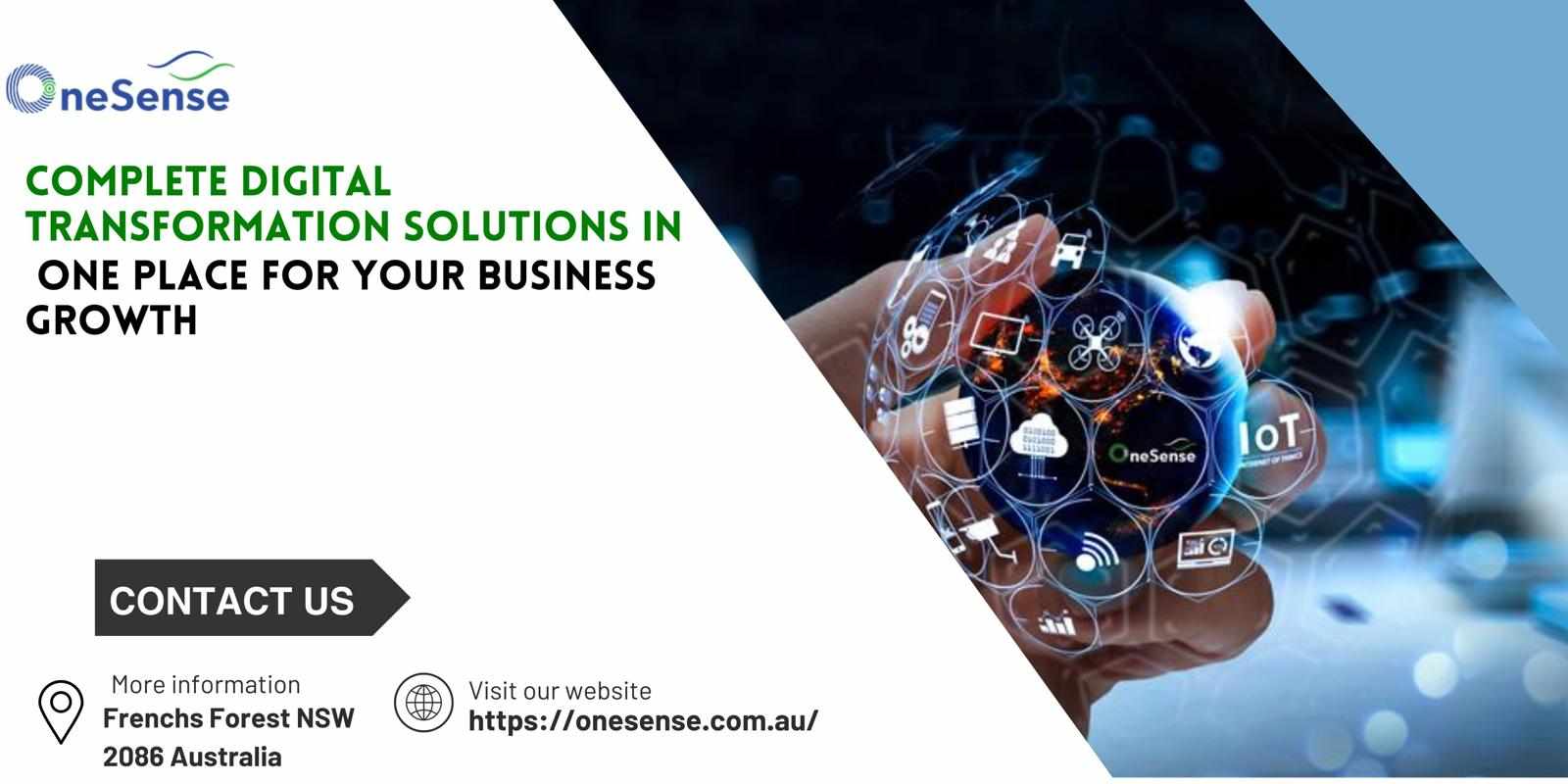
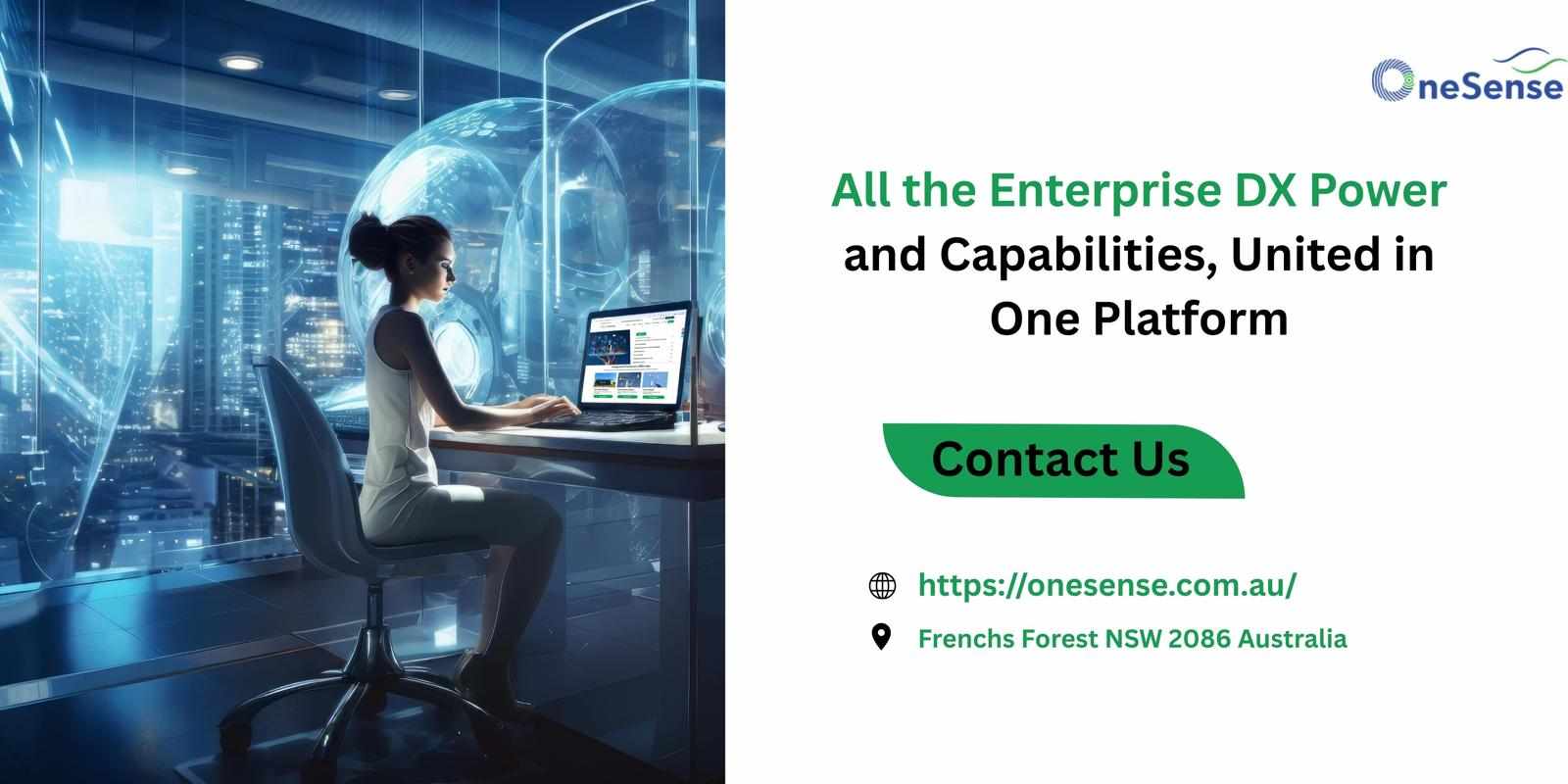
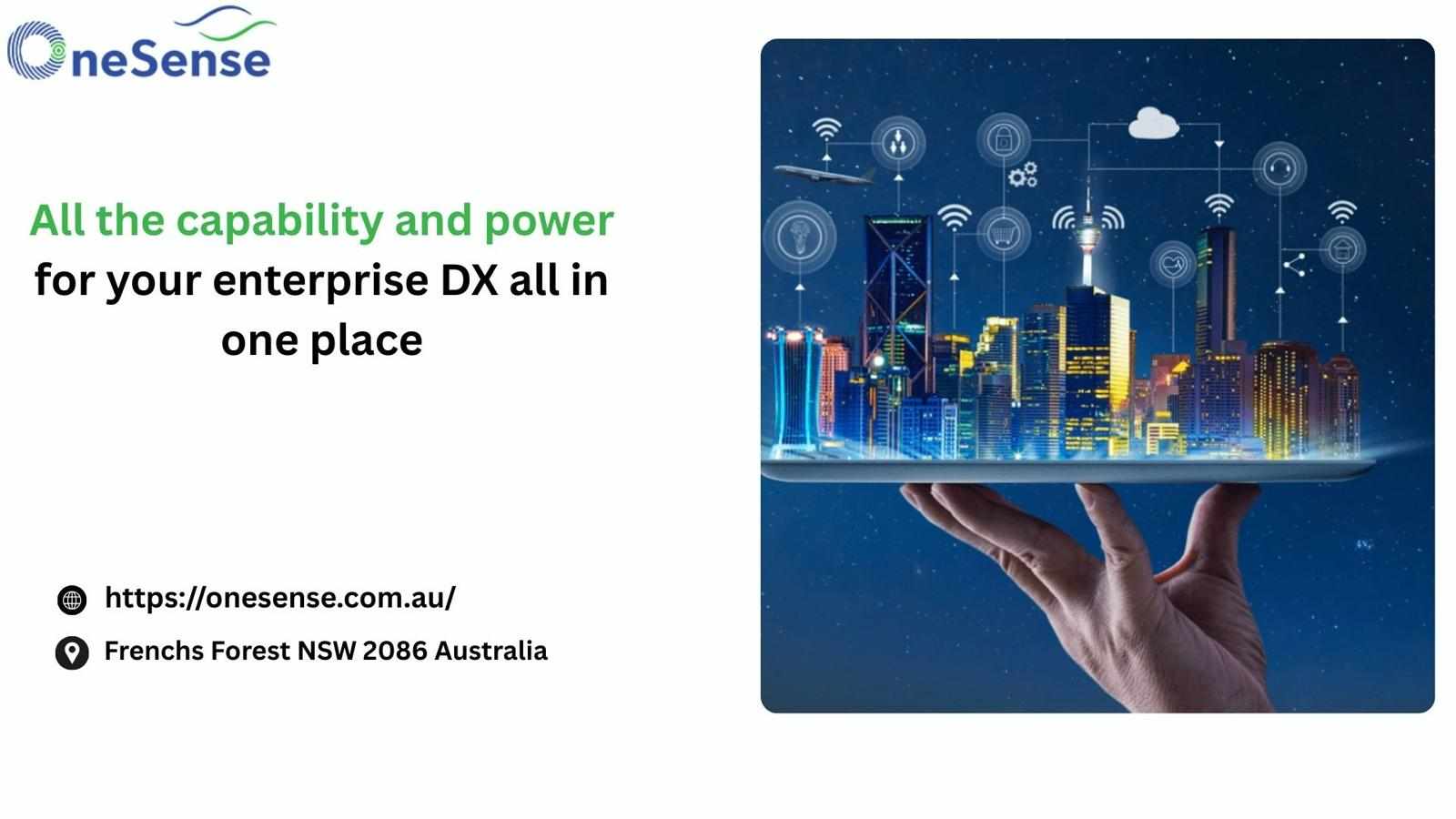
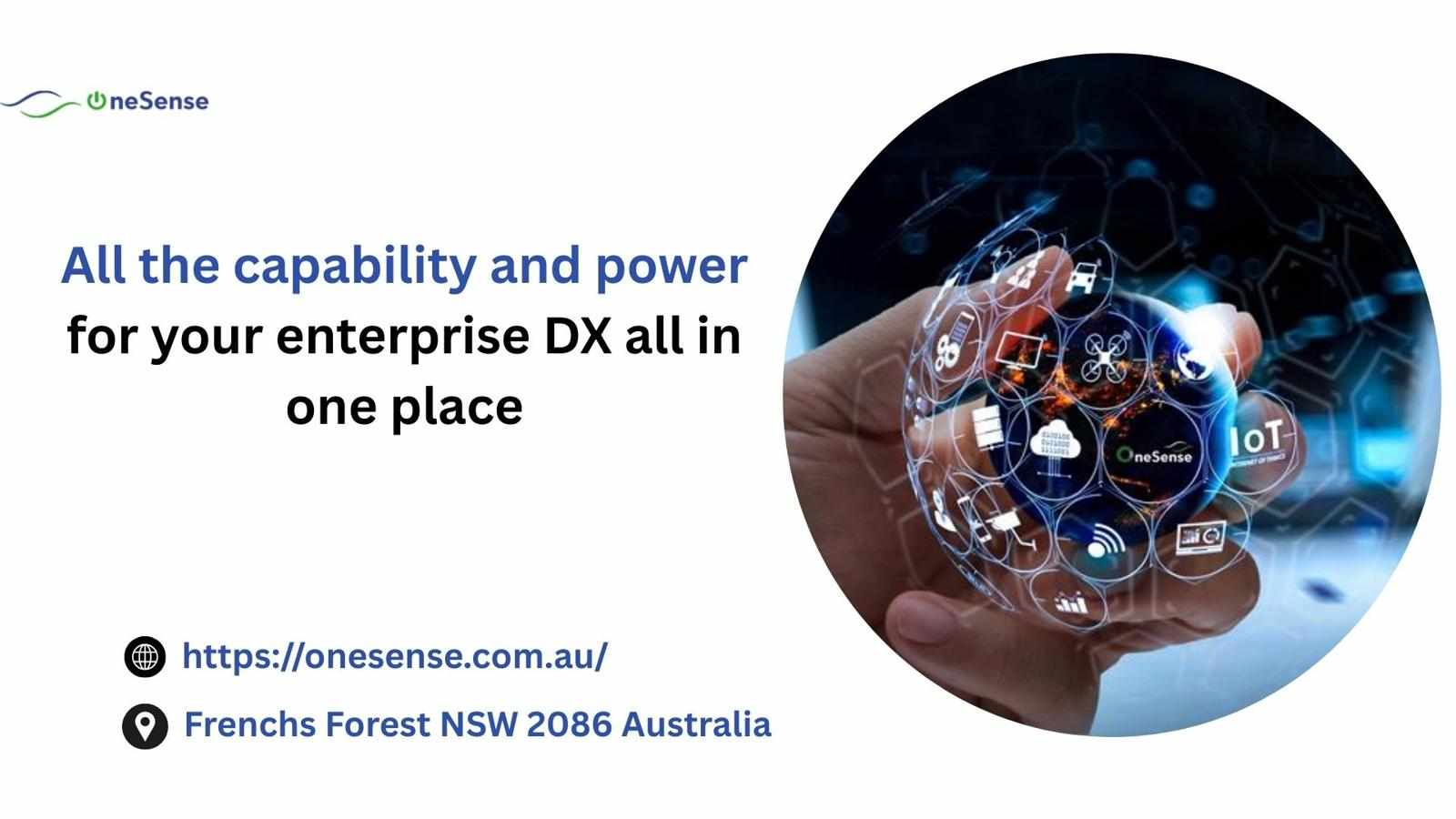
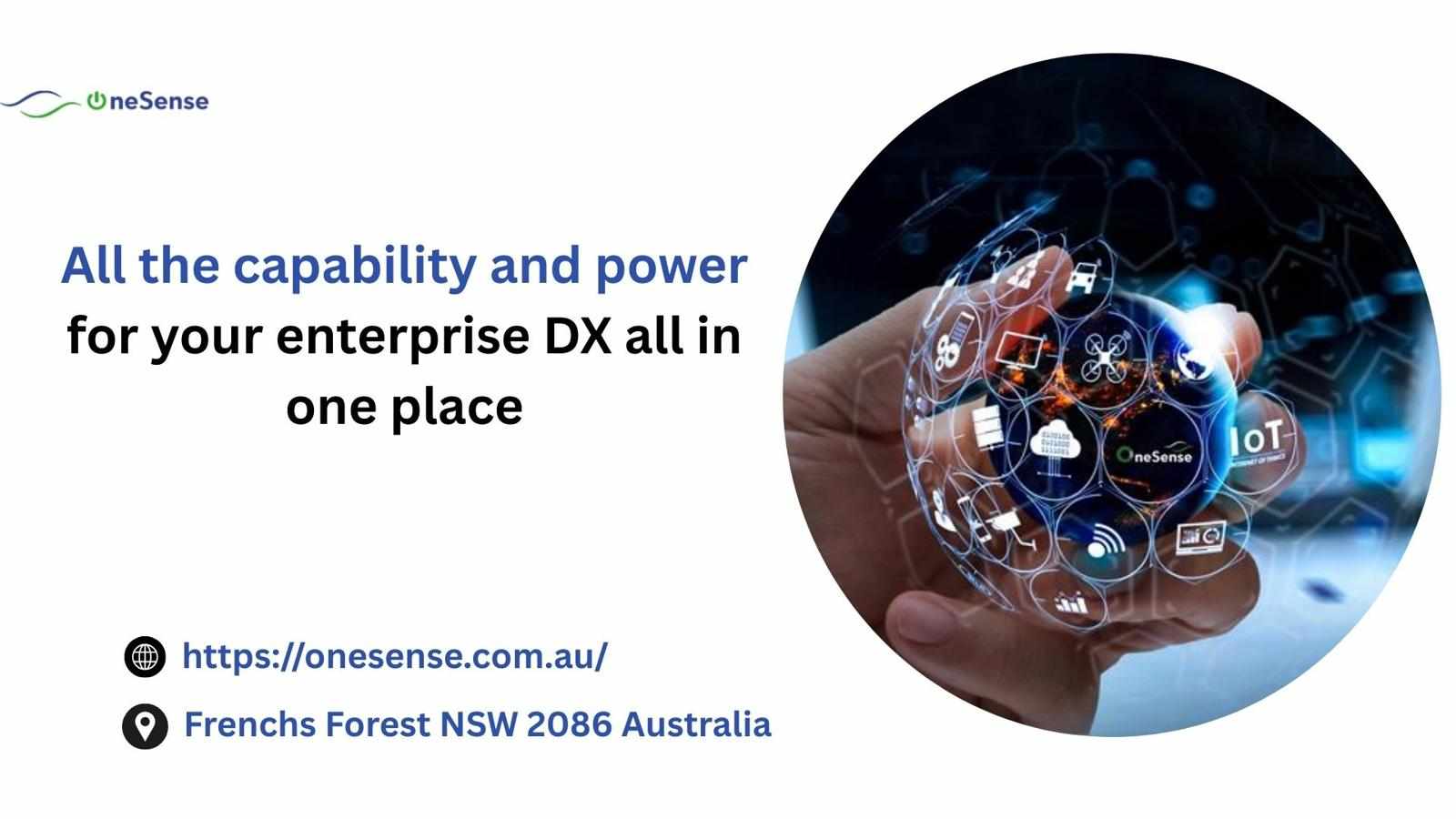
Write a comment ...